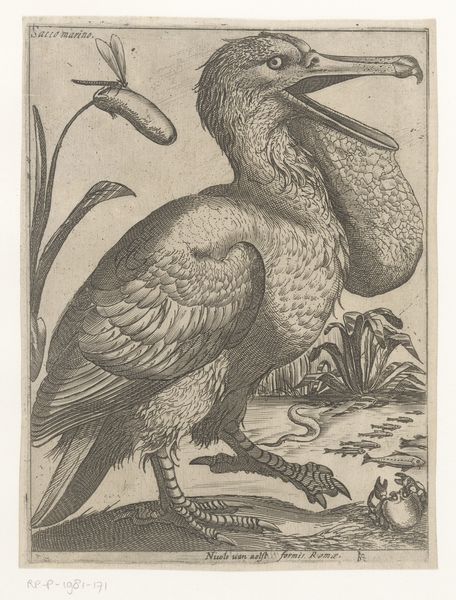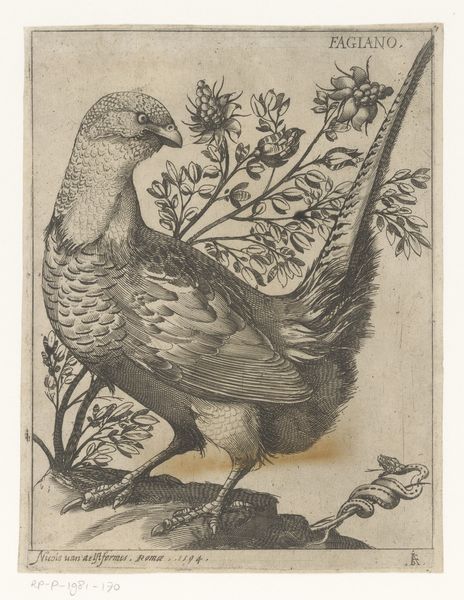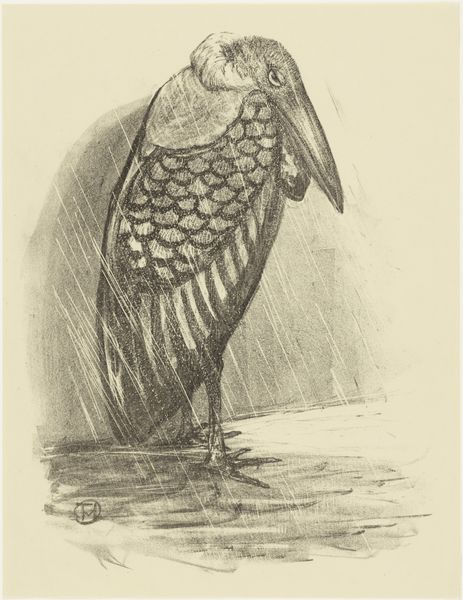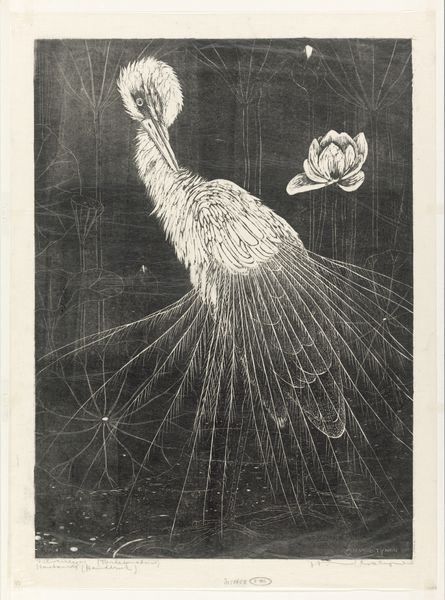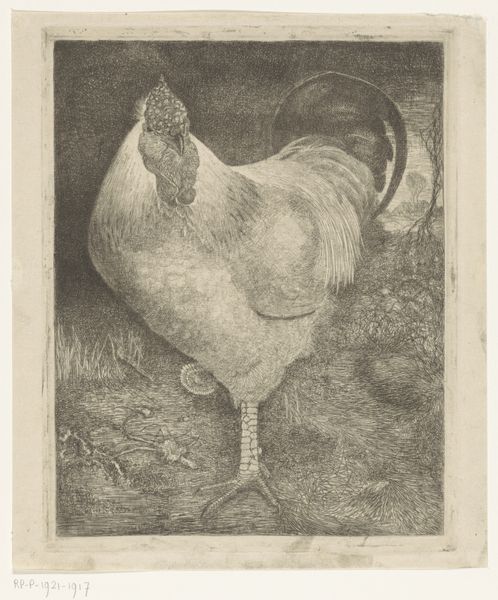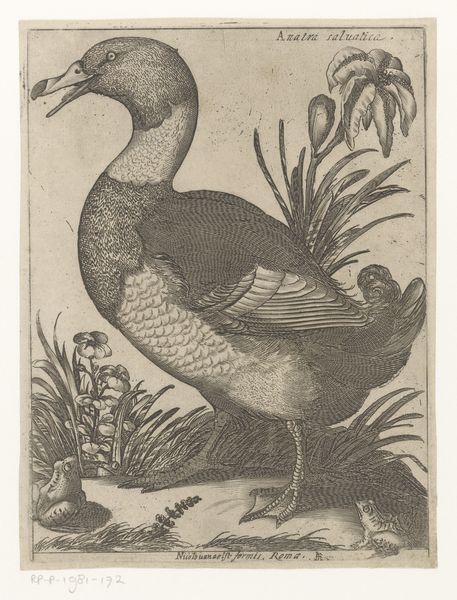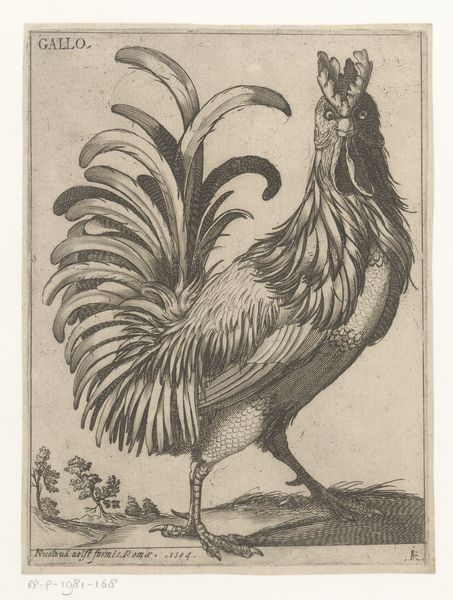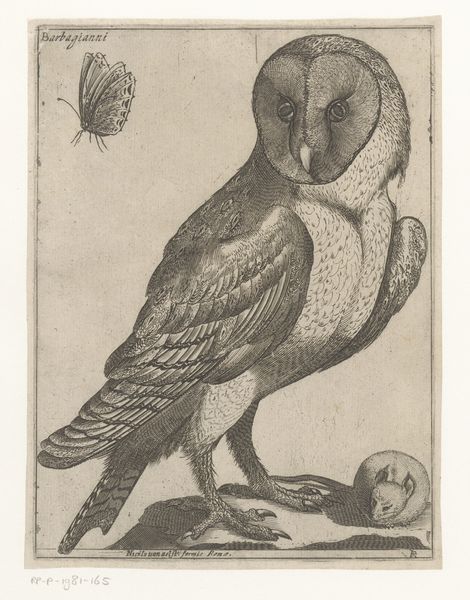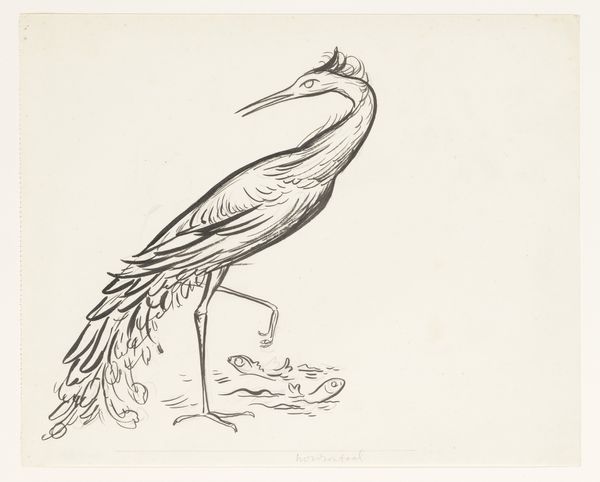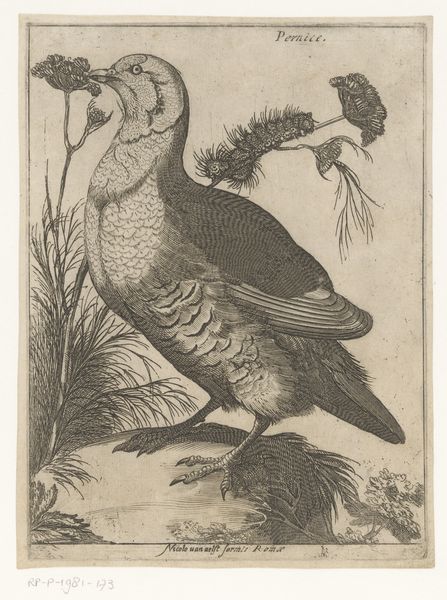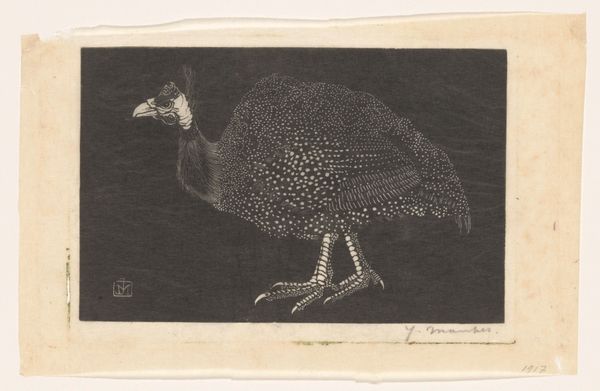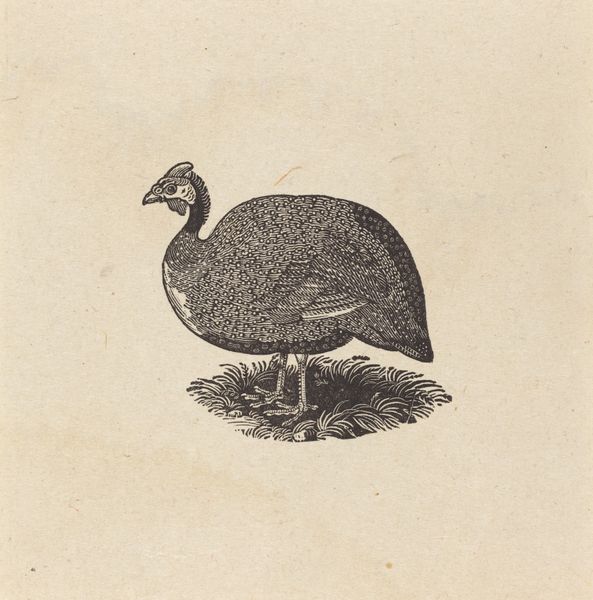
print, engraving
# print
#
old engraving style
#
landscape
#
form
#
11_renaissance
#
history-painting
#
engraving
#
realism
Dimensions: height 215 mm, width 160 mm
Copyright: Rijks Museum: Open Domain
This engraving of a peacock, or "Pavone" as it is titled in Italian, was created in Rome in 1594 by Jacques de Fornazeris. The peacock, with its resplendent plumage, has long been a symbol of vanity, pride, and immortality, tracing back to ancient mythologies. Consider Juno's peacock in Roman lore, its tail adorned with the hundred eyes of Argus, forever watchful. This motif of the all-seeing eye transcends cultures, appearing in ancient Egyptian symbols like the Eye of Horus. Over time, the peacock's image has oscillated between positive and negative connotations. In some Christian contexts, it symbolizes resurrection; in others, worldly pride. Here, Fornazeris’s peacock stands as a potent emblem, its widespread tail engaging our subconscious fascination with beauty and display. This image, much like the animal itself, triggers deep-seated emotions and memories, a testament to the enduring power of symbols across time. The image of the peacock, therefore, is not linear but cyclical, resurfacing and evolving in different contexts.
Comments
No comments
Be the first to comment and join the conversation on the ultimate creative platform.
